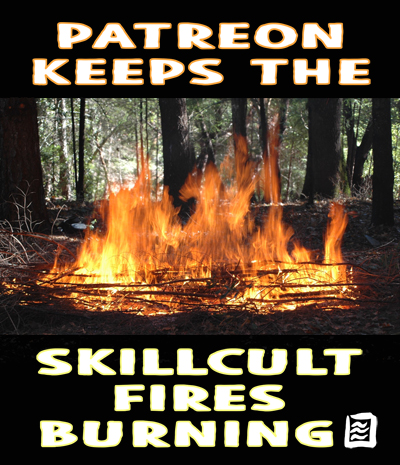Since releasing my video on splitting axe cut wood on the ground with axes, I have seen people engaged in what I consider to be risky behavior when engaged in this potentially very dangerous activity. Ben Scott, new head of the axe cordwood challenge project noticed the exact same thing and released a video pointing this specific problem out about the same time that I recorded this one. This is already an awkward and difficult to learn skill without having to stand in strange positions, but standing just any old place when ground splitting wood is something like driving around blind corners and relying on hope that no one is coming the other way. The difference is that we have some control of the tool and ability to read the circumstances. But we are not reliably accurate and faultless machines and that has to be accounted for. The main problem I see is that I don’t think people understand exactly what can go wrong and how serious the consequences might be, and and pointing those things out is the most important aspect of this video.
For learning ground splitting, for instance if working with a group of scouts, you could literally draw a line on the ground and place the firewood in such a way as to form these good visual habits until they stick. Name one side the blood zone and the other the safe zone.
A backing log for the buckstop could be an axecellent axecessory for training this method. Axeidents can easily happen when learning this technique. I’ve seen in happen. It could also make a good fixture in a longer term camp, so that anyone at any skill level can split wood for camp, or practice unsupervised. Flatten the bottom of the log and cut 5 or 6 notches. But, use it to teach good habits and the importance of direction of cut. Also realize that it is not a 100% guarantee of safety, because the buckstop can only be made so tall before the axe handle will be struck against the top edge.
For learning to split against a back log, the buckstop can be used until axe control is developed and direction of cut is understood. Using a buckstop with an accessory backing log tucked up against it could also be useful in a fixed camp where a number of people at different levels of skill, could safely split wood for camp. A backing log alone is not enough. A friend of mine cut her foot trying to learn to split against a back log, because she wasn’t able to learn direction of cut quickly enough and the axe popped over the log.
Flatten the bottom side for stability and to insure the log is low enough.














